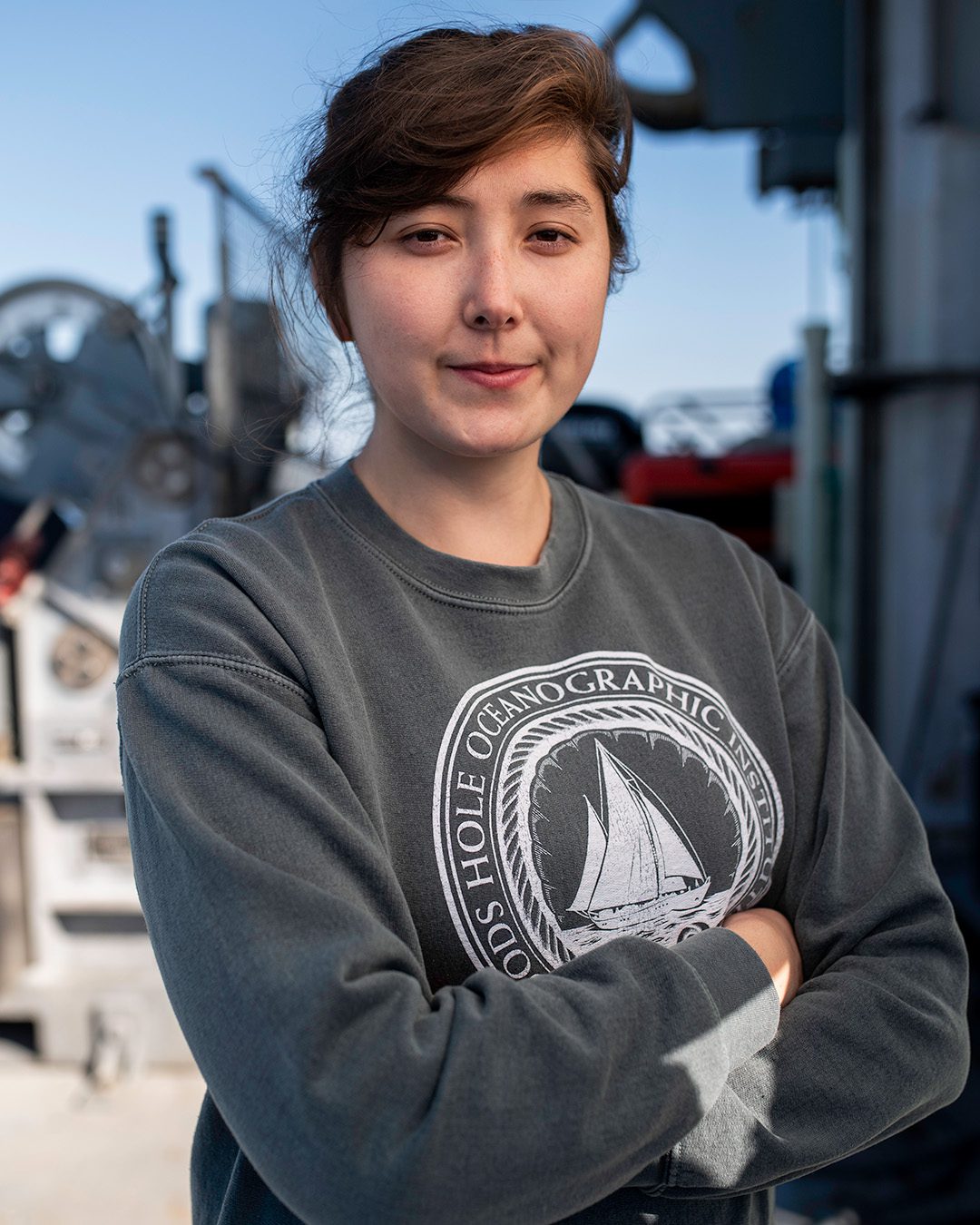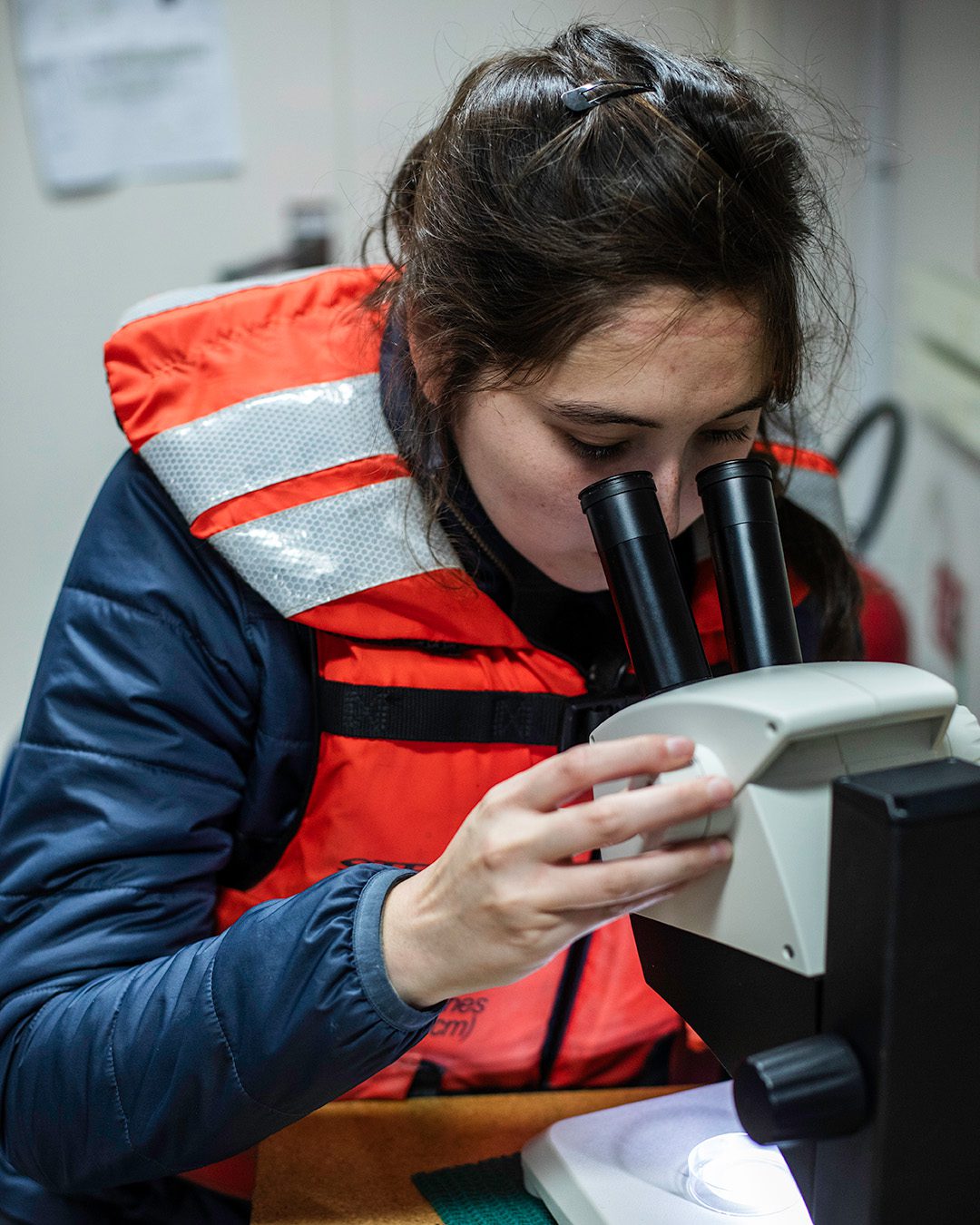I grew up in Northern California, where my family and I would often visit the beach at Point Reyes National Seashore— we lived in a great location for that. I remember in 4th grade, when I was about nine years old, we went on a field trip on a small research vessel in the San Francisco Bay. I'll never forget how amazing that experience was. We got to help with deploying instruments and learn about the samples we collected. However, I never really thought of marine science as a career until I was an undergrad.
I studied applied mathematics at University of California-Berkeley and knew that I wanted to use my degree for something important. Since climate change is one of the biggest issues of our time, I thought that it would be helpful to apply my math background to better understand this problem in the ocean.
As a student in WHOI’s Ji Lab, my research is focused on statistically modeling zooplankton population dynamics and biophysical interactions. Essentially, statistical modeling involves using data to inform models that predict and simulate changes associated with climate based on the data collected and gain insights into their underlying patterns. My plan is to incorporate machine learning into my research to better understand and predict how climate change may impact our ocean systems.
If people follow what they love, they can make that passion applicable to whatever they want to do in marine sciences because it is such an interdisciplinary field, and we need people from a diverse range of backgrounds to be able to solve the world’s problems.


